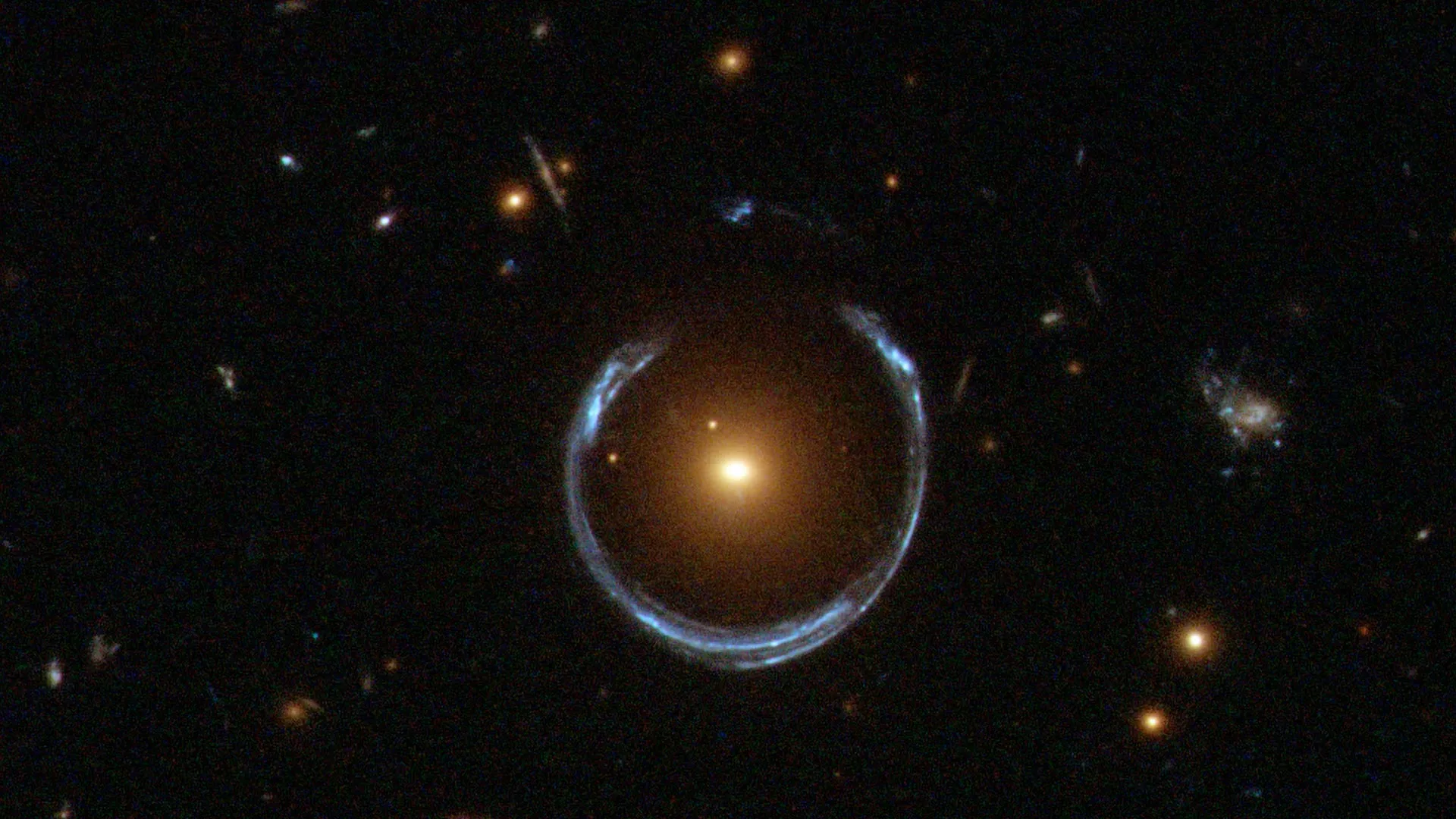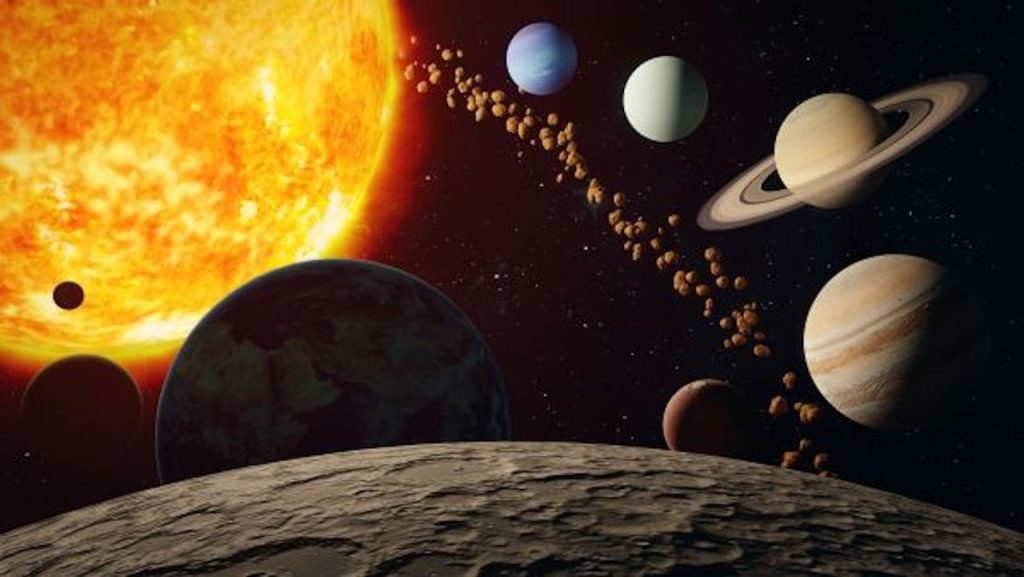Now Reading: Einstein Ring Unveils One of Universe’s Largest Black Holes
-
01
Einstein Ring Unveils One of Universe’s Largest Black Holes
Einstein Ring Unveils One of Universe’s Largest Black Holes

Quick Summary
- Astronomers have discovered a perhaps ultramassive black hole with a calculated mass of 36 billion solar masses, possibly the most massive ever detected.
- The black hole resides in the Cosmic Horseshoe galaxy, located 5 billion light-years away, which distorts spacetime into an Einstein ring due to its immense size.
- Researchers used gravitational lensing and stellar kinematics for direct and robust measurement of the black hole’s mass.
- This dormant black hole was detected via its gravitational pull without active material accretion.
- Findings are meaningful for studying links between supermassive black holes and their host galaxies, as well as how they prevent star formation by dumping energy through quasars.
- The host galaxy is classified as a “fossil group,” indicating it has collapsed into one colossal galaxy after consuming companion galaxies and merging their supermassive black holes.
- The method used could assist astronomers in identifying more hidden ultramassive black holes across the universe using upcoming data from ESA’s Euclid telescope.
Indian Opinion Analysis
The revelation of this ultramassive black hole highlights remarkable advancements in astrophysical techniques such as combining gravitational lensing with stellar kinematics-offering astronomers new tools to identify silent giants scattered across distant galaxies. For India’s growing interest and investments in space exploration projects like ISRO’s telescopic endeavors or collaborations on global astronomical ventures, studies like this underscore areas ripe for research collaboration. Understanding the relationship between supermassive black holes and galactic growth is key to unraveling universal mysteries about matter distribution.
India could also benefit from leveraging findings like these to improve algorithms used in cosmic modeling or contribute data through indigenous satellites. As future space missions concentrate on mapping deep-space phenomena via joint international platforms (e.g., ESA), ensuring Indian participation enhances both scientific credentials globally while inspiring domestic talent pipelines for astronomical sciences.



























